The easternmost and second largest state in Malaysia, Sabah is a majestic land that is not just wonderfully aesthetic but historically rich as well. It features heaps of culture and tradition too but when most people think of the island of Borneo, what probably comes to mind is the wide range of tourist spots and activities that can be found here. Think pristine national parks, exotic wildlife like orangutans and proboscis monkeys, serene beaches, and some of the best scuba diving facilities in the country.

Image credit: Pacific Disaster Center
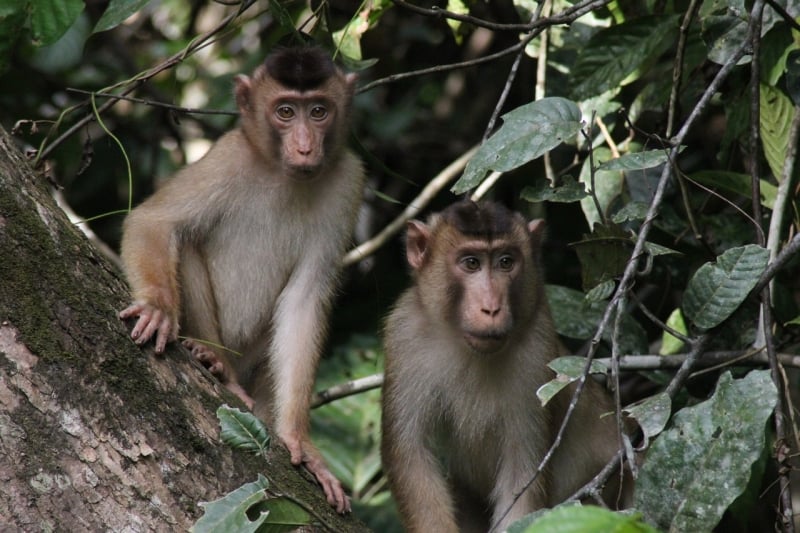
Beyond this, however, Sabah remains a pearl of deep significance. Many visitors may tend to overlook this.
Historic sites and museums, heritage trails, caves, rivers and the colourful customs of the indigenous peoples all tell a story of an ancient connection of past experience that has established the foundation for a place that is as unique as it is thriving.
A mysterious origin
Even to this day, much of the earliest historical records of Sabah along with the origin of the indigenous people, their customs and languages are still shrouded in mystery. Archaeological excavations in Sabah have revealed one of the oldest traces of early man: a human footprint that dates back as far as twenty thousand years ago.
Since then, the state has been a focal point for global historical and scientific attention, with experts being involved in analyzing and collecting as much information as possible. Everyday tourists may not be completely aware of this.
A melting pot
As far as its people go, present-day Sabah’s indigenous inhabitants can be said to have emerged from the Austronesians from Taiwan. Some settled on the land centuries ago and broke up into a multitude of tribal factions.
By the 10th century AD, traders from China began voyaging to Borneo to exchange ceramic storage jars along with other objects such as birds’ nests and medicines. This eventually led to the gradual modernisation of Sabah, with some areas developing faster than others.
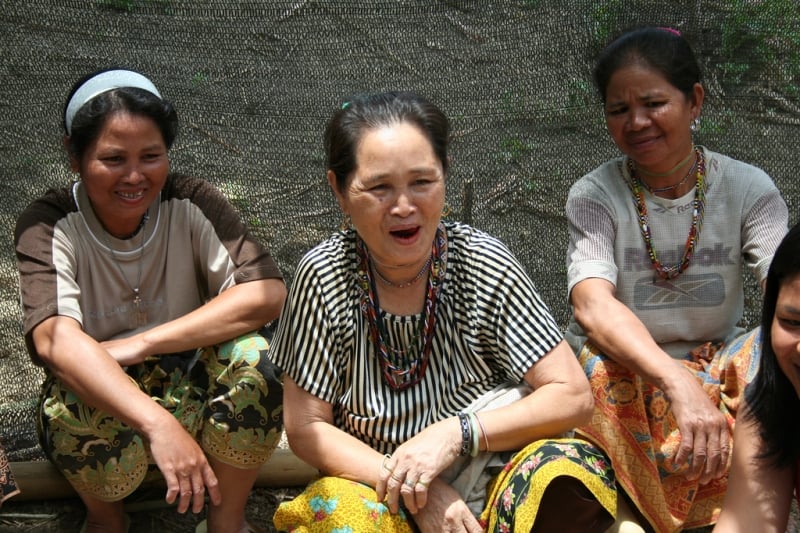
Image credit: Angela Sevin
The population of Sabah contains more than thirty different ethnicities and races with many languages as well as dialects. The most noteworthy thing about all these groups is that they live together and form a community, each retaining its own culture, customs, traditions, art, and lifestyles. The indigenous groups of Sabah include Murut, Bajau, Kadazan Dusun, Bisaya, Kadayan, Orang Sungei, Brunei, Rungu, and other different subgroups.
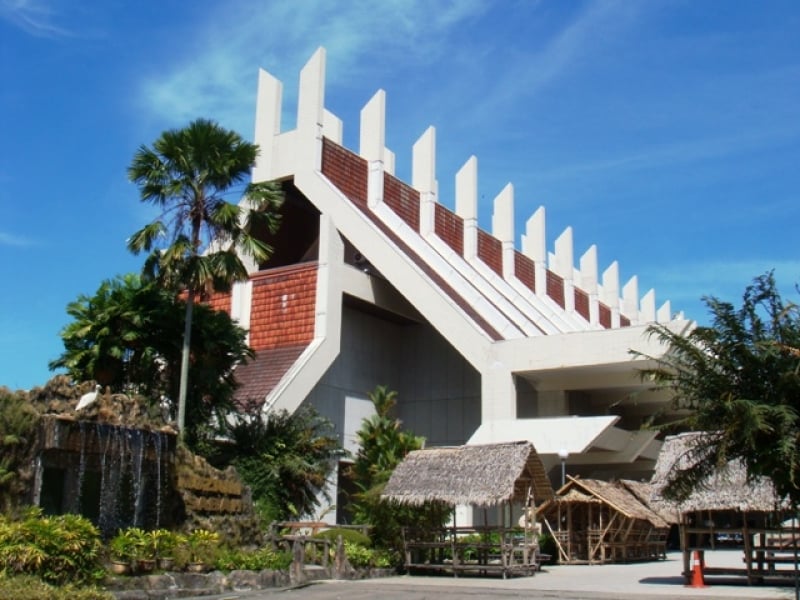
Image credit: Shoestring
For a full tour of the lineage that Sabah’s people are part of, as well as other tantalising historical findings, the Sabah Museum has a colossal database of information and exhibits various aspects of Sabahan life. The Sabah Museum Complex is made up of the Main Building, followed by the Science and Technology Centre, the Heritage Village, Ethno-Botanical Garden, and the Sabah Islamic Civilization Museum.
A festive people
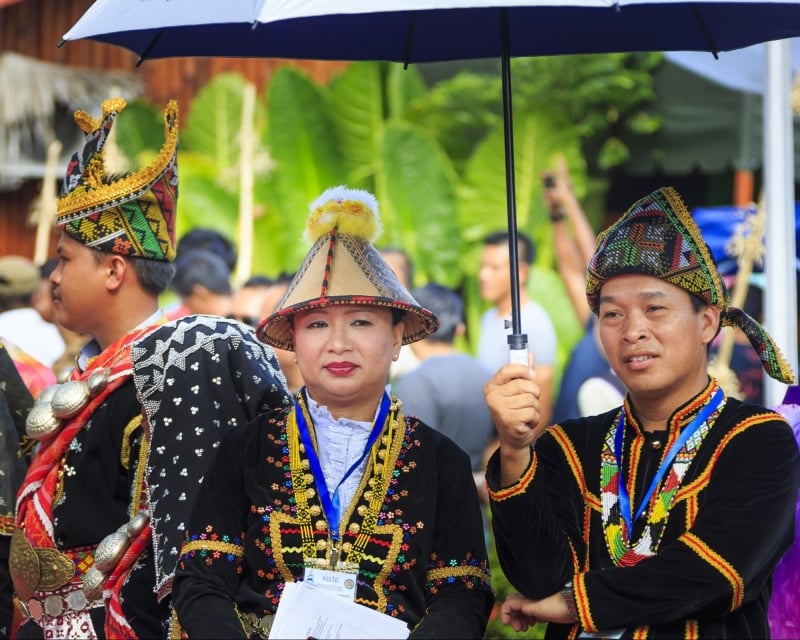
Image credit: Uwe Aranas
An assortment of festivals can be found in the state and the most popular one is called Pesta Kaamatan. Held in May, it features traditional dances and functions as the harvest festival for the Dusuns and the Kadazans. Celebrations with a ritualistic theme are common among the native peoples, who strive to preserve their ancient culture. Sabah also celebrates other more general festivals such as the celebration of Chinese New Year by the Chinese and Hari Raya, celebrated by the Muslims of Sabah.
Visitors who are intrigued by the prospect of experiencing different traditions should keep the many events that take place throughout the year in mind. It’s worth mentioning that you should plan your trip based on the schedule of events that suit your itinerary.
A connection with nature
Like many of the world’s native communities, Sabah’s indigenous groups have fostered a strong connection with nature, basing many of their beliefs and ideologies on the vast lands that they reside in.
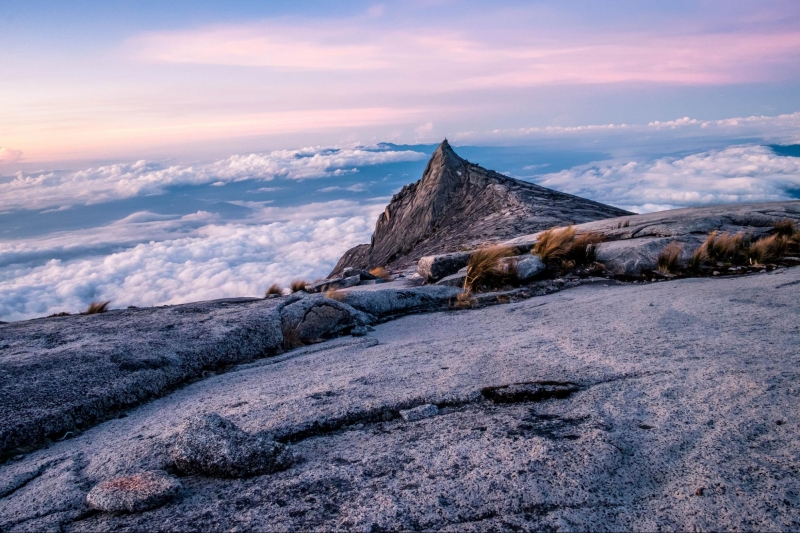
Image credit: Zhan Hui Teh
Even the prominent landmark of Mount Kinabalu is steeped in myth and legend. In 1851, Hugh Low and other climbers attempted the first recorded ascents when they observed local guides carrying an assortment of charms and performing religious ceremonies upon reaching the summit. Several traditional Kadazan and Dusun tales are told as to why natives revered and respected this ancient monolithic giant so much.
Even Mount Kinabalu’s name tells us a lot about how the surrounding communities see the landmark. One narrative originates from the traditional Kadazan/Dusun tribes who believe that the mountain is essentially their version of “Heaven” or the afterlife, with the original name being “Aki Nabalu” which means “the revered place of the dead”. According to them, this is where their spirits go after death where they get sustenance from a moss that grows at the summit.
A culture to be experienced
Given the fascinating culture of Sabah that is intrinsically linked to its history and extends to encompass the day-to-day life of locals, the cultural aspect of the state is surely not to be missed. In between jumping from tourist hotspot to the next, be sure to immerse yourself in the local culture, be it through visiting museums, joining a festival, or reading deeper into local attractions to find out its cultural significance.




